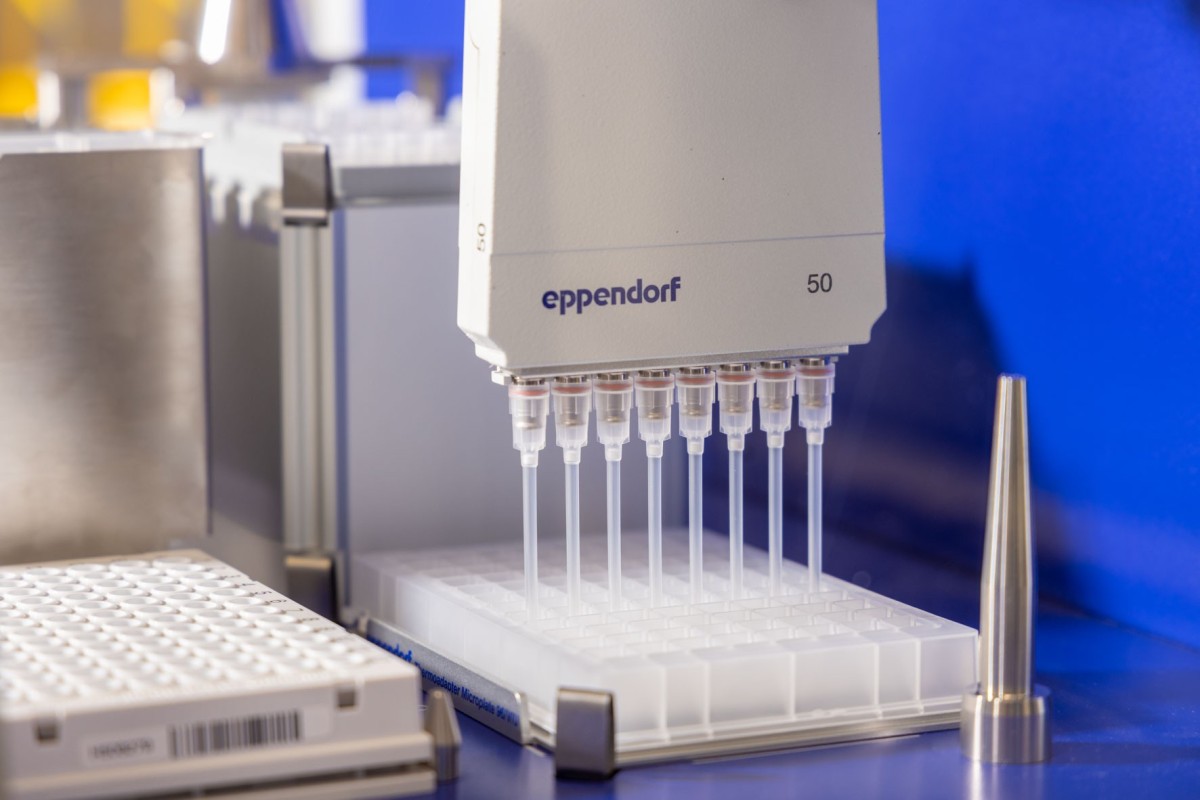
-
Variety Testing
-
Plant Breeders’ Rights and/or listing DUS-VCU
- Breeder's co-trials vegetable crops
- External Crop Experts Ornamental Crops
- Conditions of submitting identity material for DUS testing
- Calibration books Variety Testing
- National protocols Variety Testing
- Procedure of landraces, hobby market and conservation varieties
- American Plant Breeders' Rights - technical testing
- Two tests in one year
- Identity (Variety Tracer)
- Varietal trueness and varietal purity
- Resistance
-
Data of varieties
- Use of a third country synonym for a vegetable variety
- Vegetable-, agricultural- or ornamental crop?
- Authorisation: marketing material of not yet listed vegetable varieties
- Internal Naktuinbouw list for vegetable varieties
- List of names of Woody Plants and List of names of Perennials
- OrganicXseeds: database
- Variety descriptions
-
Plant Breeders’ Rights and/or listing DUS-VCU
- Inspections
- Testing & Analyses
- Knowledge & Education
- About us
-
Variety Testing
-
Plant Breeders’ Rights and/or listing DUS-VCU
- Breeder's co-trials vegetable crops
- External Crop Experts Ornamental Crops
- Conditions of submitting identity material for DUS testing
- Calibration books Variety Testing
- National protocols Variety Testing
- Procedure of landraces, hobby market and conservation varieties
- American Plant Breeders' Rights - technical testing
- Two tests in one year
- Identity (Variety Tracer)
- Varietal trueness and varietal purity
- Resistance
-
Data of varieties
- Use of a third country synonym for a vegetable variety
- Vegetable-, agricultural- or ornamental crop?
- Authorisation: marketing material of not yet listed vegetable varieties
- Internal Naktuinbouw list for vegetable varieties
- List of names of Woody Plants and List of names of Perennials
- OrganicXseeds: database
- Variety descriptions
-
Plant Breeders’ Rights and/or listing DUS-VCU
- Inspections
- Testing & Analyses
- Knowledge & Education
- About us
We are increasingly testing with RT-PCR
Publicationdate: 10 april 2024
In many cases, testing plant material for viruses is done at Naktuinbouw with an ELISA test. In addition to ELISA, we also have (real-time) PCR tests available. In the coming period, our range of (real-time) PCR tests will continue to expand

What is an ELISA test?
ELISA (Enzyme-Linked Immuno Sorbent Assay) is mainly used in virus testing. A virus particle consists of genetic material surrounded by a protective protein coat. It is an immunochemical reaction. All immunochemical determinations are based on the same principle, the specific binding between antigen and antibody. The ELISA test method detects this protein coat.
What is a (real-time) PCR test?
The (real-time) PCR test method detects the genetic code of the organism being tested for (target). In the absence of the genetic code (target) you are looking for, you get a high degree of certainty that the organism is not present.
Advantages of the PCR test: Less dependent on quality antisera and dependence on supplier availability. PCR also gives a high sensitivity and specificity. It can be used to detect multiple targets at once. And in the event of changes in pathogens or variation in pathogens, it can be responded to more quickly.
When ELISA, when PCR?
In summary, ELISA is mainly used for protein detection, whereas PCR is used for DNA/RNA detection. Until now, the choice between these two techniques has always been based on the availability of high-quality antisera for ELISA. In the absence of this, a PCR was always developed.
Keep an eye on our newsletter in the coming period
To support the sector, Naktuinbouw Laboratories continues to develop new PCR tests. These tests support a correct diagnosis of plants with symptoms or the control for and guarantee freedom from certain pathogens.
Naktuinbouw only uses functional and analytical cookies. More information